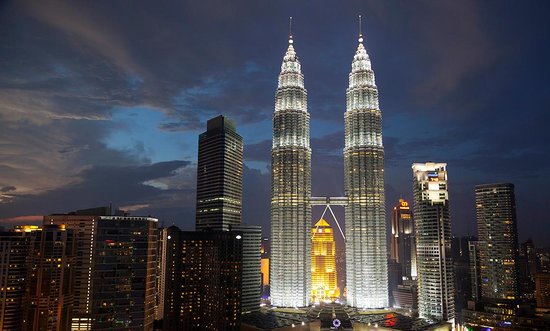
Uploaded on 2016-08-23 by Toh Hua Jie
1) Most important stocks and flows in Kuala Lumpur: (i) Water (ii) Land/Real estate (iii) Population/Areas 2) (i) Kuala Lumpur experiences high amount of rain all-year round. But extreme weather fluctuations have been observed more recently. Major flooding still occurs regularly, at least once a year. The last 3 years have also seen water rationing due to extensive drought. This shows that while the flow of water into the city is sufficient, if not excessive. Yet, its stocks are not managed well enough in reservoirs, leading to the need for water rationing. (ii) Kuala Lumpur is the largest city by population in Malaysia. It also has the highest land prices in the nation. Flows of residential land in Malaysia has increased over the past decades. Kuala Lumpur itself, and some of the most populous satellite suburbs were built from abandoned tin mining outposts. Stock has also risen, as increasing real estate values cause developers to build higher, affording higher densities per unit area. (iii) in the 1970s, Kuala Lumpur saw an explosion in its population, due to members of the rural communities uprooting themselves to KL to pursue economic opportunities. Today, that trend continues, albeit at a decelerated rate. The positive net flow has given rise to the stock of residential and business areas, much related to (ii). 3. The immense stock of economic, skills and human capital in Kuala Lumpur leads me to believe that the trends above will not change in the near future. However, if they are not controlled or managed, it can lead to disastrous long-term results. KL needs to be proactive in preparing for increasingly extreme weather changes and also the diversity of its population.